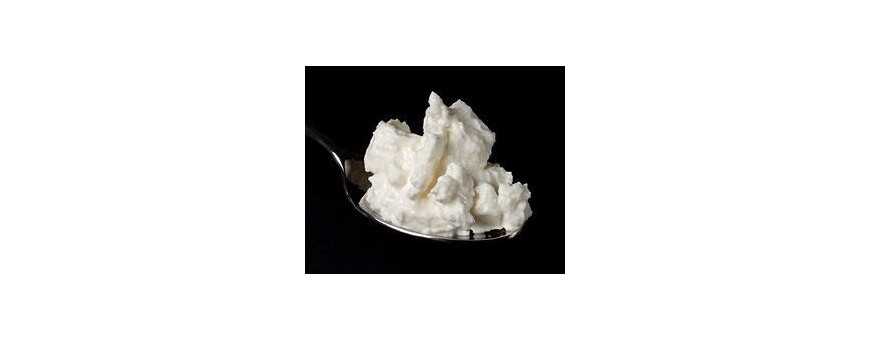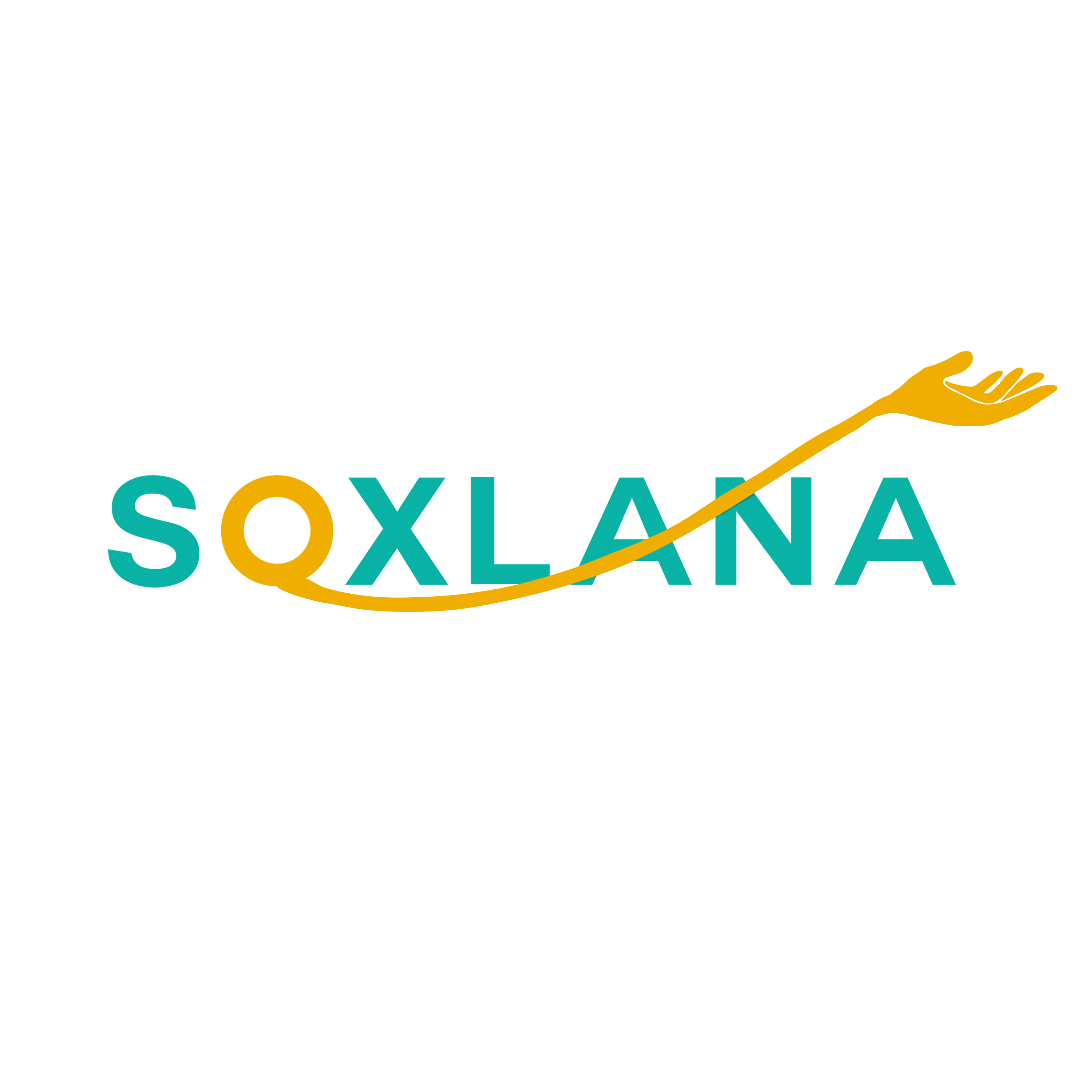Sorry for the inconvenience.
Search again what you are looking for
SOXLANA offers you everything you need. Be satisfied first and then pay later.

Quark is a type of dairy product made by heating milk until the curdling phenomenon occurs. It can be classified as a fresh cheese, although in some countries it is traditionally considered to be a fermented dairy product. The traditional quark is made without rennet, but in some modern dairies the latter is used4. It is sweet, white, and young, and generally contains no added salt.
It is common in the kitchens of German-speaking countries (Germany, Austria, Switzerland), Northern Europe (Denmark, Estonia, Finland, Iceland, Latvia, Lithuania, Norway, Sweden), the Netherlands, Hungary, Belgium, Romania and Albania, in Slavic cuisines (e.g. Czech, Slovak, Polish, Russian, Ukrainian, Belarusian, Slovenian, Croatian, Macedonian, Bulgarian and Serbian), as well as in Jewish and Israeli cuisines. It is also quite common in Canada as well as in the United States (Northeast and Midwest).
Dictionaries translate quark as "fromage blanc", "cottage cheese" or sometimes "farm cheese". In Germany, quark and cottage cheese are considered two different types of fresh cheese, while in Eastern Europe, cottage cheese is generally considered to be a quark (for example in Russian, cottage cheese is called " зернёный творог "zernyony tvorog, literally" granular quark ").
The quark is similar to French white cheese, Indian chhena, and queso fresco made in the Iberian Peninsula and in some Latin American countries. It is distinct from annealing or bruccio because these consist of a forming of lumps of protein collected in strongly heated whey. Quark is somewhat similar to cheese-yogurt such as South Asian chak (k), Arabian labneh, and Central Asian suzma or kashk, but these products are obtained from yogurt (milk fermented with a thermophilic), while the quark is made from milk fermented with a mesophile.
Name
In French-speaking Switzerland, it is called séré, and is easily obtained in food stores.
The quark is perhaps what Tacitus describes in Germania as the lake concretum ("thick milk") consumed by the Germanic peoples. However, this could also have simply referred to milk or any other type of cream cheese or fermented milk.
The current name comes from the Late Middle High German quark, also spelled quarc, twarc, zwarg, Quarck, dwarg, or quargel. Usage in German has been documented since the 14th century. Related names are used in Scandinavia (Danish kvark, Norwegian and Swedish kvarg) and the Netherlands (Dutch kwark).
The German word itself was undoubtedly borrowed from West Slavic languages (cf. Lower Sorbian Twarog, Upper Sorbian Twaroh, Polish Twaróg, Czech and Slovak tvaroh. A similar term can be found in East Slavic languages: Belarusian тварог, tr . tvaroh, and Russian творог, tr. tvorog). The Old Slavic original * tvarogъ is believed to be related to Church Slavonic творъ, tr. tvor, which means "form". The meaning can therefore be interpreted as "the milk which has solidified and has taken a form", an etymology similar to that of Italian formaggio and French cheese.
In several languages, the quark is also known as "fromage blanc" (in French fromage blanc, in the South of Germany: Weißkäse or weisser Käs, in Hebrew: gvina lévana גבינה לבנה, in Lithuanian baltas sūris, in Polish: biały ser, Serbian: beli sir), in Spanish queso blanco), as opposed to cheeses made with rennet called "yellow". Another French name is fromage frais, which according to French law must still contain live cultures when purchased, while in fromage blanc the fermentation is stopped.
In Austria, the name Topfen (cheese pot) is common. In Flanders it is called plattekaas (flat cheese). In Finnish it is known as rahka, in Estonian as kohupiim (milk froth) and in Latvian as biezpiens (thick milk). Its Italian name is giuncata or cagliata (curdled milk). Among the Albanians it is called gjizë.
Search again what you are looking for
This website uses cookies. By continuing to browse the site, you accept our use of cookies. En savoir plus ici.
